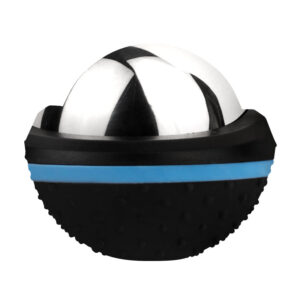
Shin splints (also known as medial tibial stress syndrome) is an inflammation of the muscles, tendons, and bone tissue around the shin bone (tibia). The term "shin splints" has been controversial and there has been a lot of confusion over the past 40 years as it has been used to refer to a wide variety of exercise-induced lower leg conditions.
Given the lack of accurate diagnosis over the last few decades, the exact incidence of exercise-induced shin pain among people is challenging to determine. It accounts for an estimated 10% to 20% of all injuries among runners and up to 60% of all overuse injuries of the lower leg. As shin pain is common among active persons, it is important for health professionals to differentiate the symptoms, causes, and provide directed management options.


Symptoms
If one has shin splints; tenderness, soreness or pain along the inner side of the shinbone may be noticeable, as well as mild swelling in the lower leg.
People with shin splints will also experience some of the following symptoms:
Causes
Shin splints can usually result from:
To prevent overloading you should follow a structured strength and running program. We have designed a free 10-week build up to running program to help you maximise your running and reduce the likely hood of shin splints.
References
1. Couture, C. J. & Karlson, K. A. (2002). Tibial stress injuries: decisive diagnosis and treatment of ‘shin splints’. The Physician and sportsmedicine, 30(6), 29-36.
2. Schulze, C., Finze, S., Bader, R. & Lison, A. (2014). Treatment of medial tibial stress syndrome according to the fascial distortion model: a prospective case control study. The Scientific World Journal, 2014. http://dx.doi.org/10.1155/2014/790626
3. Kahanov, L., Eberman, L. E., Games, K. E., & Wasik, M. (2015). Diagnosis, treatment, and rehabilitation of stress fractures in the lower extremity in runners. Open access journal of sports medicine, 6, 87.
 Cracking The Injury Risk Equation
Cracking The Injury Risk Equation
 LJMU Study Findings
LJMU Study Findings
 What are shin splints?
What are shin splints?
 How to treat shin splints [2021]
How to treat shin splints [2021]
No Thanks – I’ll pay full price
Close Window
Close Window